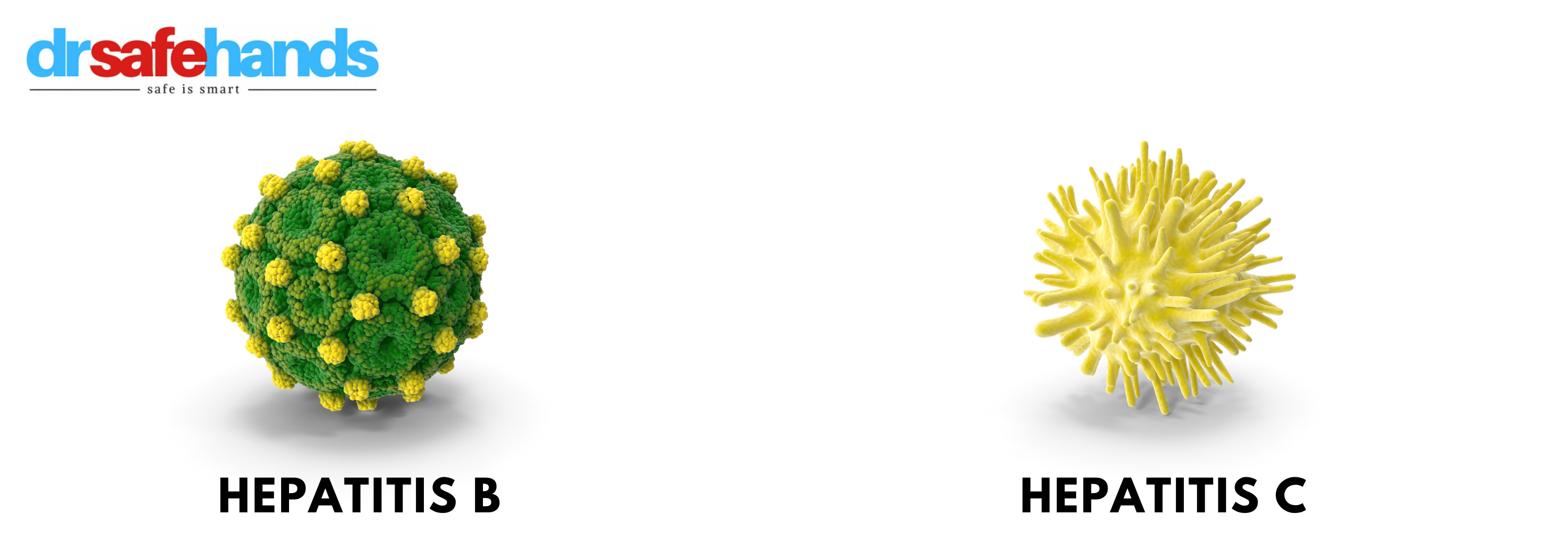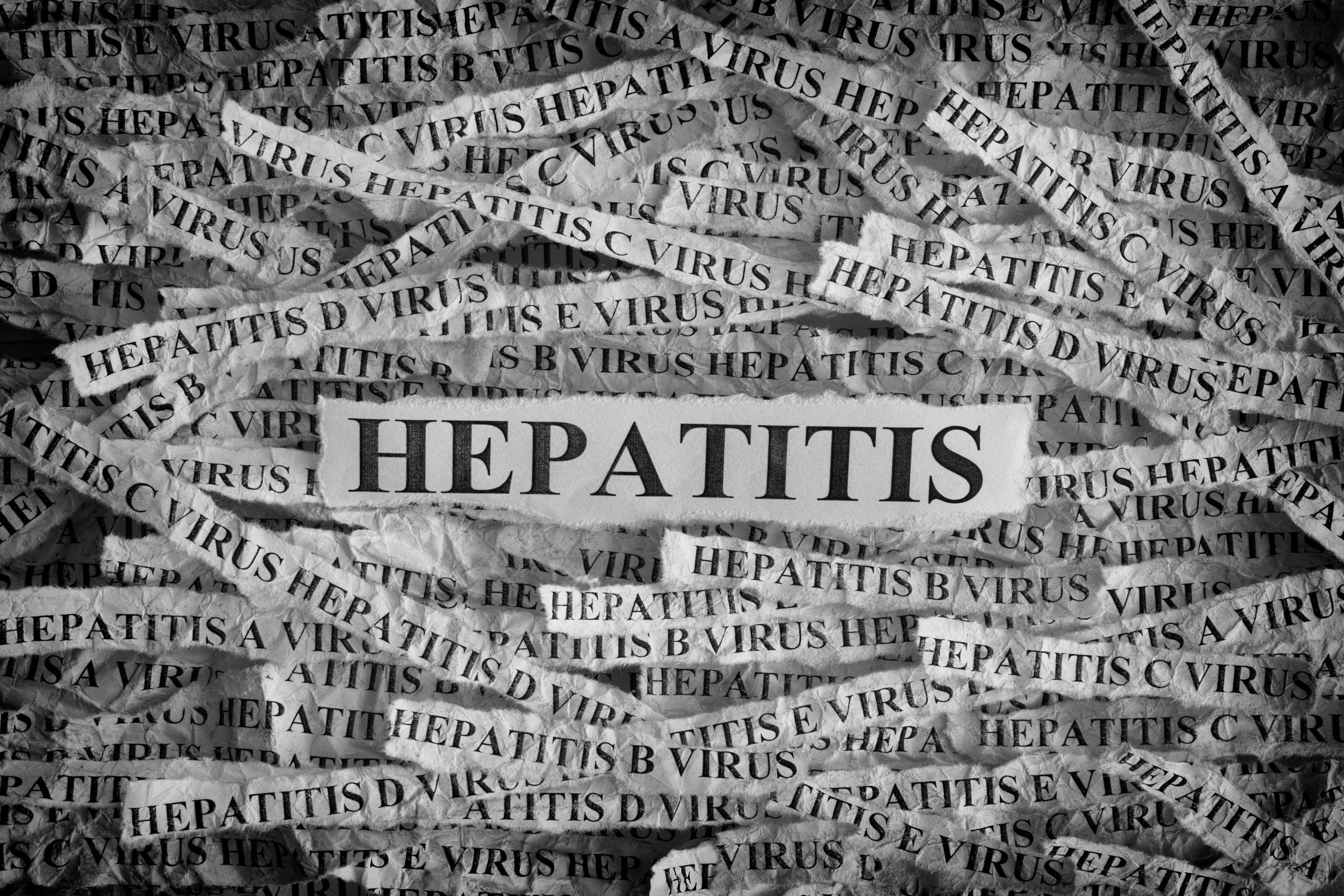What is Hepatitis? What are Hepatitis A, B, and C?
Hepatitis is an inflammation of liver tissue. It has varied causes, including viral infections. Hepatitis A, B, and C are caused by different viruses. They are clinically similar.

Who are affected?
Hepatitis A, also called Infectious Hepatitis, affects children more, and occurs in lower socio-economic groups (along with Hepatitis C), with overcrowding and poor sanitation. Hepatitis B, called serum hepatitis, is more widespread, affecting all age groups. Hepatitis C is more in adults.
How are they transmitted?
Hepatitis A is by the feco-oral route, including stools, urine, and naso-pharyngeal secretions. Hepatitis B and Hepatitis C are associated with unsterile syringes (drug abusers) and blood transfusion, and sexual transmission. Hepatitis B can also be through tattoos, ear piercing, and razors. It can also be transmitted, rarely, through feces, saliva, placenta, tears.

What is the clinical course?
Hepatitis A has an acute onset, with fever, nausea, appetite loss. Hepatitis B and C have a more insidious onset. In Hepatitis B the fever is less prominent, but there is body-ache, joint pain, and muscle pain. Jaundice occurs in all three.
How is diagnosis confirmed?
In Hepatitis A it is by presence of anti-bodies, in Hepatitis B by an antigen called the Australia Antigen, and Hepatitis C by antibodies and by HCV RNA.
Are vaccines available?
They are available for HAV, HBV, but not for HCV.
What measures are taken after infection?
Isolation, hand washing and good hygiene, liquid or light diet, and fruit juice are all important measures.
What are the complications?
In prolonged cases, cirrhosis, and rarely cancer occur. In Hepatitis B, kidney damage, and even pneumonia, can rarely occur.


Leave a Reply